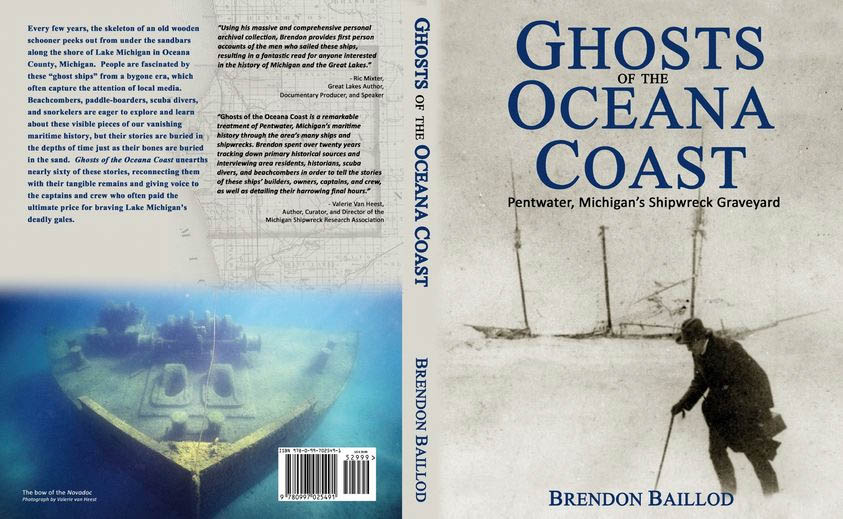As part of the #OutOfTheOcean campaign, Saltwater Sean (Sean McMullin) teamed up with Coastal Action and Scotian Shores on Inner Sambro Island. Sean and his newfound pals worked together to remove approximately 800 kg (1763.7 lb) of trash from the island and the surrounding waters. It was an incredible day that significantly improved the state of our land and waters.
It’s time for our community and the local business sector to get together and take action to support cleaner, healthier oceans. Together, we can greatly enhance our seas with your assistance. Saltwater Sean
Sambro Island
Sambro is a small fishing village in the Halifax Regional Municipality of Nova Scotia, Canada, situated on the Chebucto Peninsula. It is situated on the Atlantic Ocean right west of Halifax Harbor’s entrance at the head of Sambro Harbour.
The Sambro Island Lighthouse, which has been in operation since 1758, is located on Sambro Island, which is part of the community southeast of the harbour. At the summit of the stony island, it is 62 feet tall. The Maritime Museum of the Atlantic in Halifax is home to the lighthouse’s original lens.

Governor Edward Cornwallis saw the necessity to bring British residents to Sambro Island three years after Halifax was founded in 1752, in order to stave off a French seaborne invasion. As a result, 26 families made Sambro Island their home and place of employment. Over the years, the area has changed to become a fishing and tourism destination, although many of the locals still travel to Halifax for work.
Sambro saw many naval engagements during the American Revolution, including the Battle off Halifax. The American privateer Viper (16 guns) and the British privateer Resolution (16 guns), both commanded by Thomas Ross, engaged in combat off the coast of Halifax at Sambro Light on July 10, 1780. “One of the bloodiest battles in the history of privateering” was the description of another war. The two privateers engaged in a “severe engagement” during which they exchanged cannon fire for around ninety minutes. There were 18 British and 33 American fatalities.




